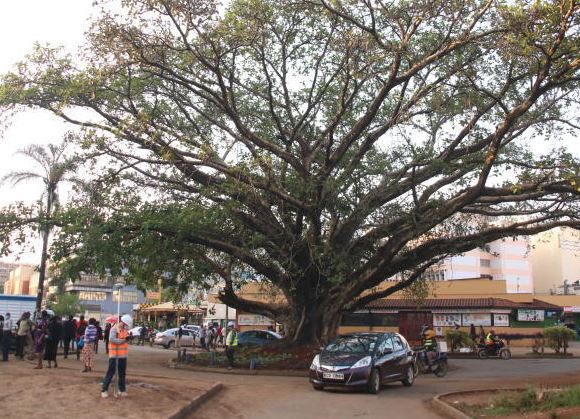×
The Standard e-Paper
Kenya's Bold Newspaper

A fig tree that stands tall and proud along Waiyaki Way will not be cut down to make way for a road.
This emerged after the Kenya National Highways Authority (KeNHA) said it plans to move the massive tree from its location outside the Westlands post office.